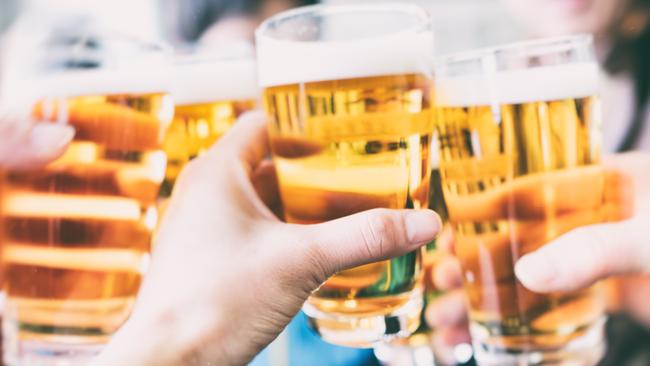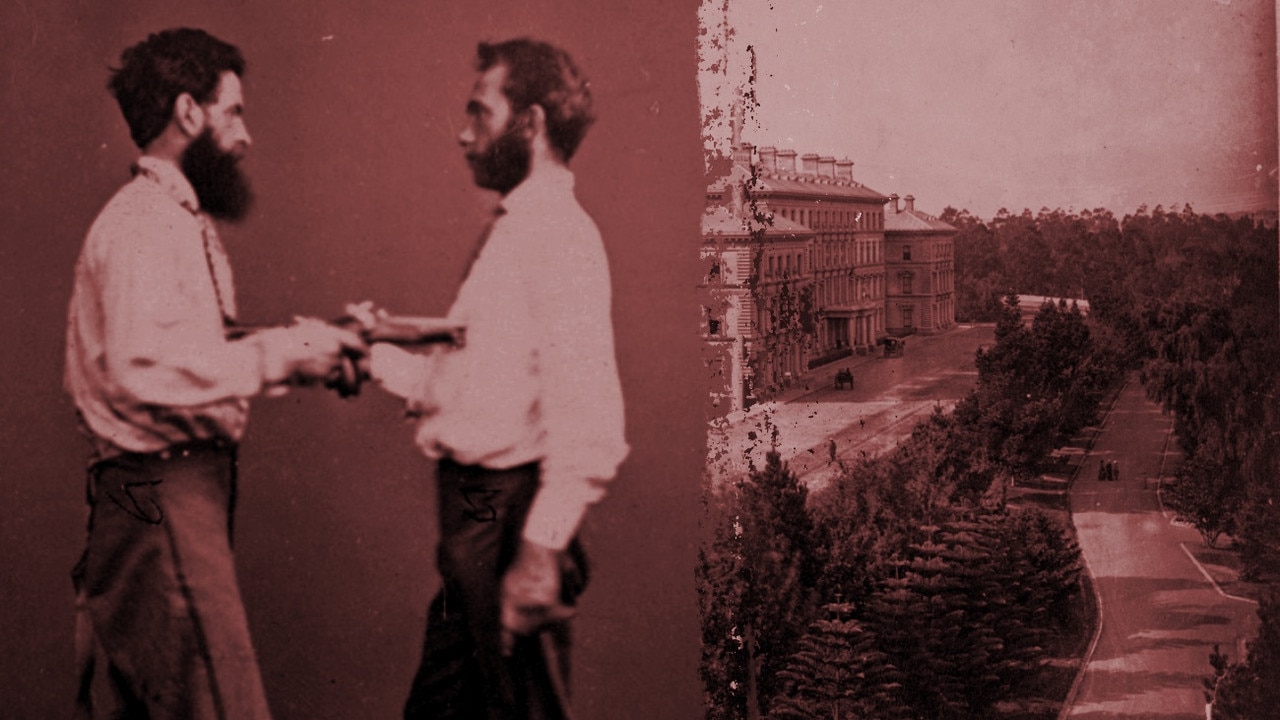Everything you need to know about beer
THINK you can tell your pale ales from your pilsners? Here’s the ultimate guide to everything you need to know about Australia’s favourite amber brew.
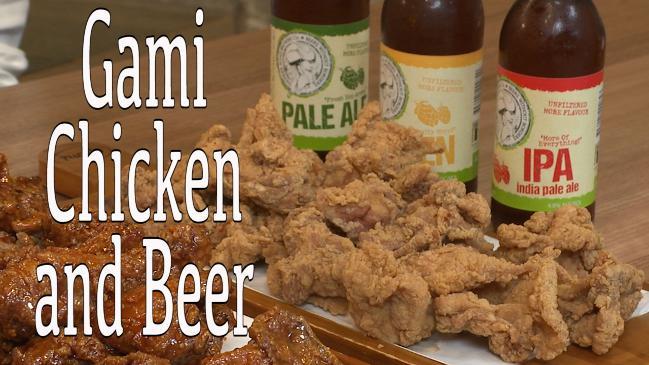
Melbourne
Don't miss out on the headlines from Melbourne . Followed categories will be added to My News.
VICTORIA is, without a doubt, the beer capital of Australia.
We are leading the country when it comes to breweries — with more than 120 breweries contributing to the nation’s $15.6 billion industry. In fact, almost one in three breweries in Australia is located in Victoria.
We’re also among the country’s biggest beer drinkers, with 35.9 per cent of us having consumed a beer in the last month, according to figures from Roy Morgan Research.
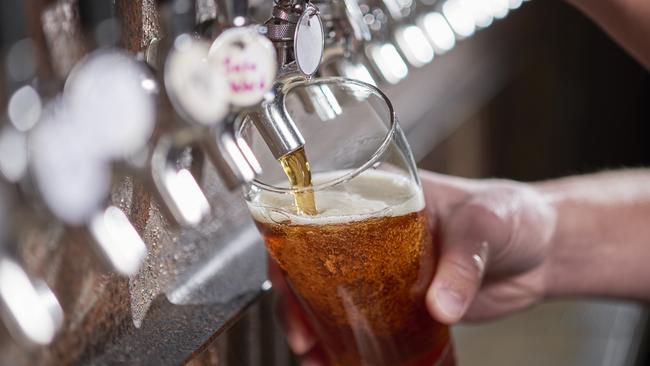
MORE: MELBOURNE’S BEST CRAFT BEER AND BREWERIES
But how much do we really know about the art of the brew?
And how many of us can tell our pale ales from our pilsners?
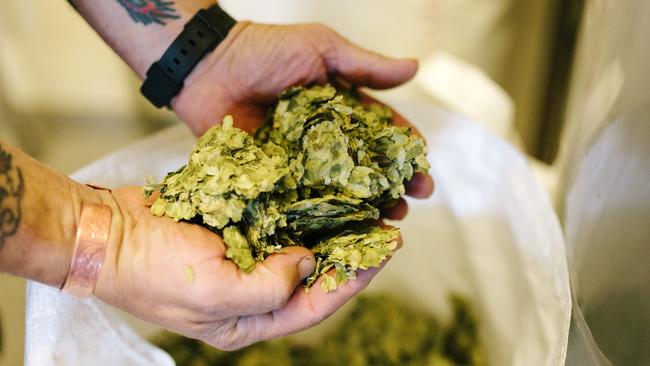
WHAT’S IN A BEER?
There are four key ingredients in beer: water, malt (typically barley), hops and yeast.
Malted barley is to beer what grapes are to wine.
Its job (or the job of whichever malted grains are used in the malt) is to produce the sugars needed to turn the yeast into alcohol. Much like grapes, malts also leave an indelible imprint on the profile of a beer, imparting flavour, body and aroma to form the base tasting notes of the golden brew. Malts can be light, medium or dark-roasted and, similar to coffee, the lighter the roast — the more vibrant the flavour profile.
MORE: MELBOURNE’S BEST BREW BARS
MORE: VICTORIA’S ALE AND HEARTY MICROBREWERIES
“Malts that have been roasted longer have a darker characteristic, which imparts darker colour to the beer. The darker the malt, the greater the chocolate and roasted coffee characteristics,”
Beer enthusiast Ben O’Brien Limmer, founder and chief beer expert behind Melbourne-based brewery tour operator Ben’s Brew Tours, explains.
“Lightly roasted malt is going to give more simple sugar, which will be turned into alcohol. It doesn’t actually impart more sweetness. Yeast likes less complicated sugars, which is why dark beers predominantly come through with quite a sweetness.”
While malt is often credited with giving beer its sweetness, hops, on the other hand, are all about bitter and spice and all things nice.
Without these mini pinecone-looking flowers, drinking beer would be like drinking sweetened cardboard soda. And, like all things in life, timing is everything.
Add hops early and your beer will be more bitter, add them later and it will be less bitter and more aromatic.
MORE: BACKYARD BREWER’S AWARD-WINNING CONCOCTION
MORE: ALCOHOL PREFERENCES BY POSTCODE
“There are two key times you would add hops,” Ben says. “Generally you’ll add hops at various points during the boil to extract bitterness compounds from the hop flowers.
“The second is called dry hopping, which can happen during or after beer has fermented. The purpose of adding those hops is predominantly for aroma.”
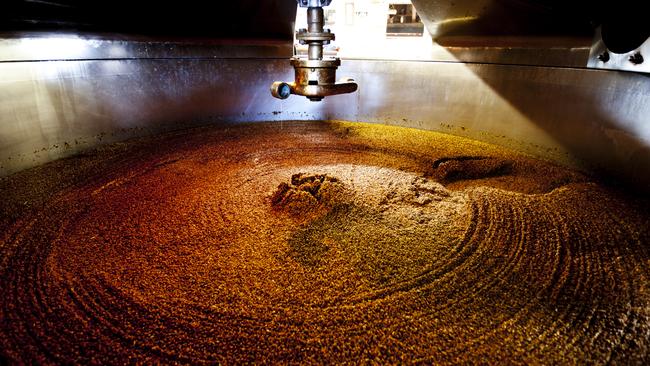
HOW IS IT MADE?
“Generally you begin with some roasted malts,” Ben explains. “Depending on what type of beer you’re going to make, you start with those malts and need to essentially soak them and boil them to extract as much of the sugars as possible.”
It’s kind of like brewing a cup of tea.
Wort, as it is referred at this stage of the process, is essentially a beer starter.
It’s the mother.
“How long they boil it for will depend on how much they want to extract from the malt,” Ben says. “The biggest thing is temperature — if it gets too hot, you’ll burn it, but if it stays too low you’re not going to get all the sugars.
“Usually during this process they’ll add some hops as well. Those hops are going to add bitterness to the beer.”
Next up is the fermentation. This is when the beer really starts to take its shape. It’s also when the style of beer you’re wanting to make really comes into play.
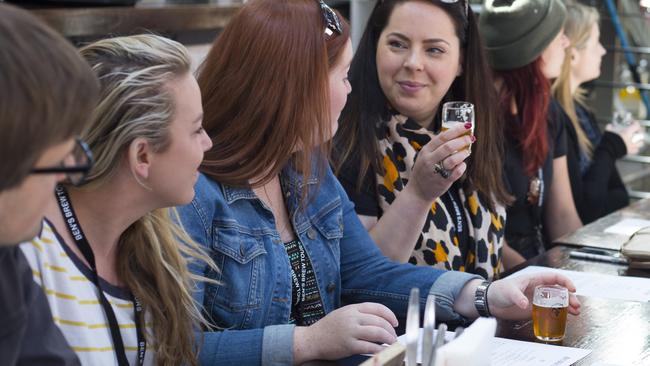
TYPES OF BEER
Fundamentally, Ben says, there are only two types of beer — ales and lagers.
“Ales are brewed using top-fermenting yeast that prefers warmer temperatures, which means you get a lot more spice, fruitiness and floral characteristics. In general, ales are more robust and complex.”
Lagers, on the other hand, are brewed using bottom-fermenting yeast that favours much cooler temperatures.
“This slows down the metabolic process of yeast eating the sugars. Because the lagering process happens at a much lower temperature, it takes longer and the beer is more stable.
“This means you get a more crisp, clean beer with less of the yeast characteristics coming through.”
So there might be just two types of beer, but within those categories, there are myriad different styles.
MORE: BEER DOCTOR PAIRS AUSSIE ALES WITH FOOD
MORE: BREWERY MATCHES ‘VEGETARIAN’ BEER WITH MEATLESS MEALS
Lagers include styles such as pilsner, bock and schwarzbier and range in colour from light to dark.
Pale lagers are the most common and, as the name suggests, are generally pale to golden in colour, with crisp, clean, toasty flavours. Popular lagers include everything from Carlton Draught, Cascade and Corona to Peroni, Pure Blonde, Becks and Heineken.
When it comes to ales, the variety is endless, which is why this style of beer is often favoured by craft brewers and beer enthusiasts. (We like to think of ales as being the speciality coffee of beer — they are often produced in smaller batches and have increased complexity and longer palates.)
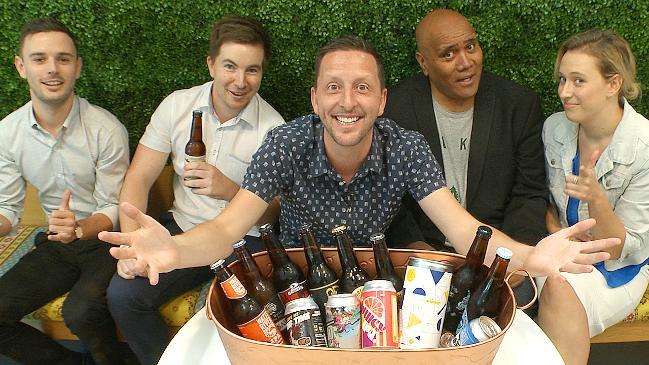
THESE ARE SOME OF THE MOST COMMON:
Pale ale:
Relatively pale in colour, with alcohol volume of up to about 5.5%.
India Pale Ale (IPA):
Expect this to be a little bit darker in colour and that there is going to be a higher hop presence to balance out sweetness. These tend to be higher in alcohol as well and sit around the 6-6.5% mark.
Imperial stout or Imperial Russian stout:
These are stronger in both flavour and alcohol (7.5% upwards). The big difference is generally the malts they are using and the quantities of malts and hops. Stouts have robust profiles with intense roasted character and a nutty, hoppy aroma.
Porters:
This English-style beer is another variation of a dark ale, but are traditionally less hoppy and more creamy.
Wheat beers:
There are two types of wheat beer — the German Weizen and Belgian Witbier. German-style wheat beers are very pure as they aren’t allowed to add any non-traditional ingredients, whereas Belgian styles are not restricted so they add a lot of other flavours — such as coriander, orange peel or grains of paradise — to impart more complexity. The higher percentage of wheat in the malt means the beer has a tendency to be cloudier and sweeter than regular ales.
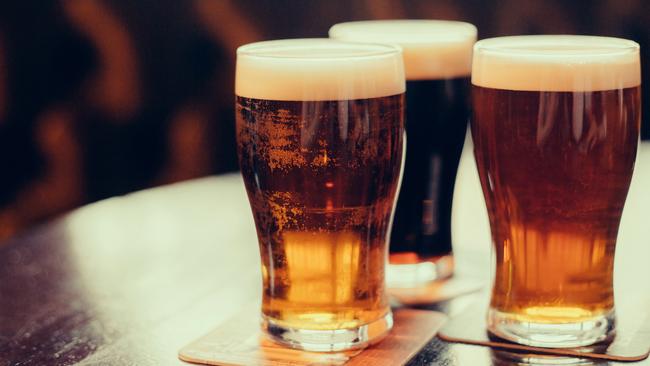
IS COLOUR IMPORTANT?
Experts say never to judge a beer by its colour.
“This is one of the most common mistakes people make,” Ben says. “The colour can have very little to do with how the beer tastes. Sometimes a beer can look extremely dark, yet drink like a summer ale. It is definitely something to avoid making assumptions on.”
WHAT ABOUT WILD ALES?
“These are quite new to the general market in Australia,” Ben says. “Wild ales are basically beers that have been produced by adding wild yeast or allowing wild yeast to inoculate the beer.
“With a clean beer — they’ll use just one particular strain of yeast and control it so nothing else gets into it, whereas with wild ales they’ll open it up to the environment — so anything in the air will go towards imparting flavours.”
Traditionally, this method of beer making has been less popular because it is much less reliable and you never know what you’re going to get. But in the craft beernaissance, wild fermenting is staging a massive comeback.
“Boatrocker Brewery in Braeside is doing some really cool things in this space. They’re invested in a cool, ship-like vessel that looks kind of like a big swimming pool. As the beer is cooling, they pour it in and leave it open to the environment — overnight for example — so that different yeasts set in on it. Then they barrel it away to ferment naturally, using the natural yeasts and bacteria in the air. They’ve had a lot of success in creating these sour-style beers. La Soren in Alphington also specialises in using local, wild yeasts in their beers, too.”
WHERE DOES DRAUGHT BEER FIT INTO ALL OF THIS?
“Draught beer refers to any beer that is poured from a tap,” Ben explains. “So basically any beer can be draught beer if its poured from a keg.”
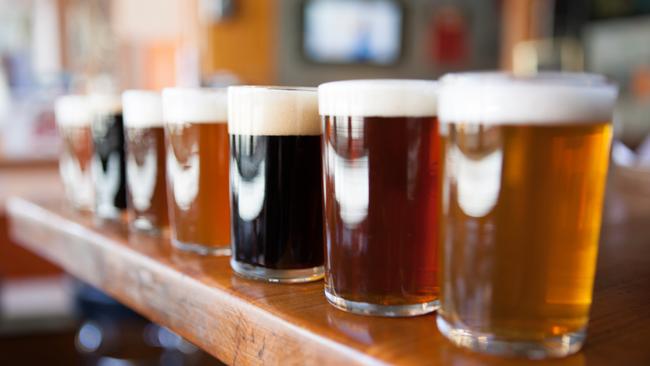
BEER PADDLE ETIQUETTE 101
When it comes to beer tasting, the appropriate drinking order has become a contentious subject.
“Generally you start with your lagers — such as a pilsner — as you want to start with the lighter beers first. Then you might try a lighter-style sour beer. Next up you’d go on to your pale ales, wheat beers and maybe a porter. Then — and this is the tricky part — an IPA, then maybe a stout.”
BEER GLASSES: YES OR NO?
“All beer should be poured into a glass — you’re missing out on a lot of flavour and aroma if you’re drinking from a bottle or can.”
Some places — like Belgium — take it to a whole new level and have a different glass for every beer. Some breweries even go so far as to put out special beer glasses for every beer they create to enhance certain aspects of it.
In general, Ben suggests a nice tulip or brandy glass is good for darker beer or barrel-aged imperial stouts, as well as lighter lagers and pale ales.
“The tulip shape is a bit of an all-rounder,” he says. “The purpose is to agitate the beer as you’re drinking it so that you stir up more of the hop aromas.”
TEMPERATURE
In Australia, Ben says, we are guilty of drinking our beers too cold.
“You lose a lot of the ability to perceive flavours when beer gets below four degrees so the warmer the beer is, the more it is going to impart flavours,” he says. “In general, the lighter the beer, the colder you can have it.
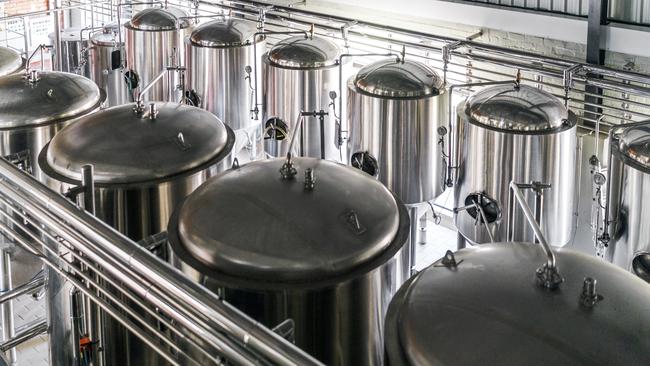
HOW CAN YOU TELL IF A BEER IS FRESH?
This is a tricky one, Ben laughs. Because there is no agreed guidelines of what breweries should be required to put on their packaging, it can be difficult to determine a beer’s freshness.
“There isn’t really a best before date when it comes to beer,” he says. “That’s because a beer isn’t going to kill you if it’s bad — it’s just not going to taste very nice.
“Most decent craft breweries will put a drink before date or, most often, a bottled on date. A bottled on date is probably the best as some beers can be drunk when they’re a bit more mature, while for others are more sessionable when they are extremely fresh.
“It’s a myth that beers don’t store well. There are beers that I have had sitting in my cellar for three or four years now — it really just depends on the style of beer and how you like to drink it.”
General rule: The hoppier the beer, the sooner you should drink it. The first thing that is going to disappear from a beer is the hop characteristic. Many craft beers are unpasteurised so they are often best drunk within about three months if you want maximum flavour.
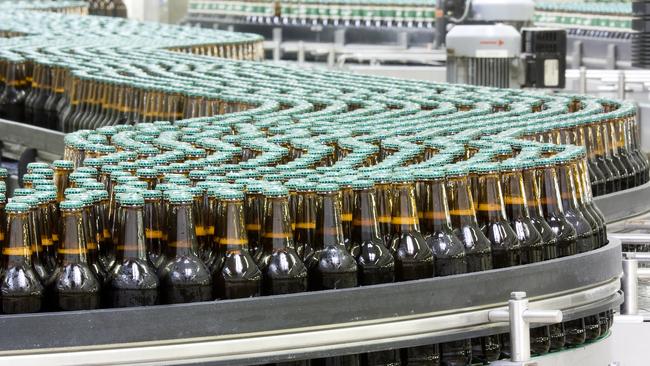
STORAGE
The three main enemies of beer are light, heat and oxygen, so always store them in a cool, stable, dark environment.
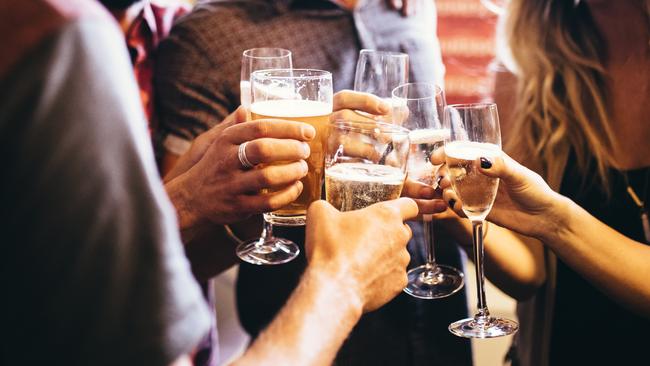
BEER V WINE: WHICH IS BETTER?
“There is a lot of misunderstanding about what beer is and what beer should be,” Ben says. “To me, beer is much more exciting than wine because it is not restricted in the ways that wine is — it can pretty much encompass anything that is in the alcohol family. There are sour beers that taste like wine or cider, but you can also get barrel-aged imperial stouts that have incredible bourbon or whiskey characteristics. They’re not all just a pale, fizzy, light lagers.”
Bottoms up.
